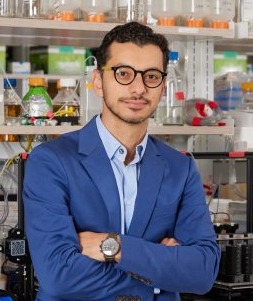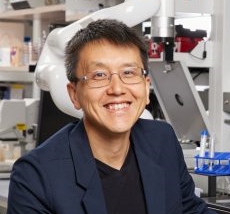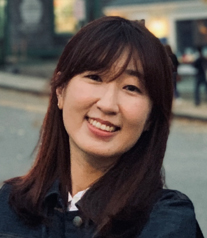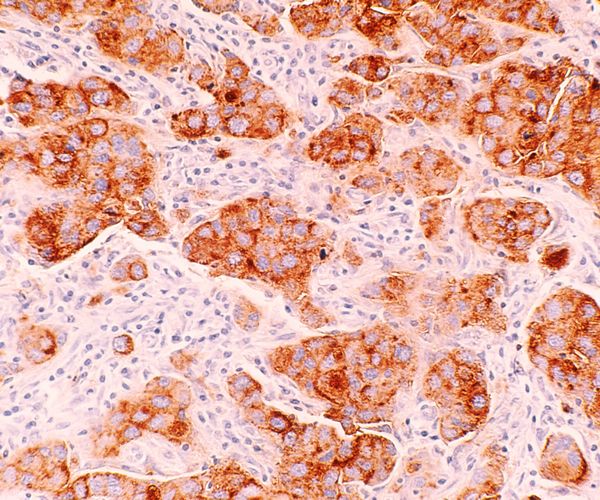New synthetic tool kit promises advances in gene and cell therapy
A BU-led team has forged a set of powerful tools for building synthetic gene circuits that enable precise and customizable control of human cells, such as immune cells, for cancer-killing and other therapeutic functions. This tool kit might help accelerate the clinical adoption of synthetic circuits and realize the potential of emerging gene- and cell-based therapies. The researchers have published their findings in Science.

“Gene- and cell-based therapies—in which cells are genetically modified to treat a disease or perform a therapeutic task—are poised to revolutionize medicine, but they also have significant limitations and need to be advanced,” says Associate Professor Ahmad “Mo” Khalil (BME), one of the study’s authors.
For example, in CAR T-cell therapy, a remarkable immunotherapy in which immune cells are genetically engineered with synthetic receptors that enable them to recognize and attack tumors, these immune cells can become overactive, often leading to toxicity and even deaths. That’s just one issue.
“Our argument is that we need platforms that allow us to develop clinically viable synthetic circuits to better control therapeutic cellular functions,” says Khalil. “This work is an attempt to fill that gap.”

Specifically, the team has developed a tool kit of programmable gene regulators they call synZiFTRs, short for synthetic zinc finger transcription regulators. Zinc fingers, which occur naturally, are proteins that bind to DNA. Using them as the basis for synZiFTRs carries distinct advantages: they’re human-derived, so they’re less likely to be rejected by the human immune system, and they’re compact, so they can be delivered easily into cells.
Next, the researchers used the synZiFTRs to engineer a set of drug-inducible gene circuits. In other words, if a certain drug were administered, that would be a signal to activate the gene circuit and instruct engineered cells to carry out defined tasks, such as expanding their population or killing a kind of tumor cell.

To further the platform’s chances of future success in the clinic, the researchers picked drugs that had already been approved by the FDA, such as tamoxifen, which is used to treat breast cancer. And they chose to focus on CAR T-cell therapy to establish a proof of principle for their new system.
It worked. In both in vitro and in vivo experiments, synZiFTR-regulated T-cells could be activated by the drugs to trigger desired cellular responses. “We can remotely activate the T-cells in an on-demand manner to trigger their anti-tumor activity,” says Khalil. “This was effective enough to eradicate a blood tumor in animal models.”

Moreover, the researchers engineered two-pronged assaults on cancer cells, in which two different drugs activated two separate, complementary cellular responses, in perfectly timed succession. “We call it sequential control, where you can prime the cells with one drug input, and then activate an anti-tumor response with the other drug input,” says Khalil. “We’re interested to explore the potential of this new form of control for therapeutic benefit.”
The team is also excited to provide this tool kit as a resource to the research community, Khalil says. “Even though we used CAR T-cells for our demonstration,” he notes, “these synZiFTRs are broadly applicable genetic parts which can be used to develop genetic circuits for other scientific and clinical needs.”
At BU, the team included Associate Professor Wilson Wong (BME) along with postdoctoral researcher Hui-Shan Li and Divya Israni (ENG’21). “This was a heroic and massive effort by Hui-Shan Li and Divya Israni, who were the first authors,” says Khalil. Other collaborators hailed from Harvard Medical School, the Wyss Institute for Biologically Inspired Engineering at Harvard University, Massachusetts General Hospital, and University of California, San Francisco.
Breast cancer image at top courtesy of National Cancer Institute. Khalil and Wong photos by Dana J. Quigley for Boston University Photography.
